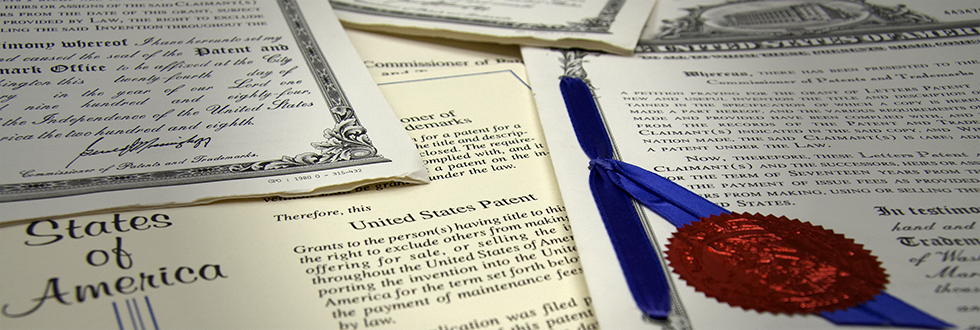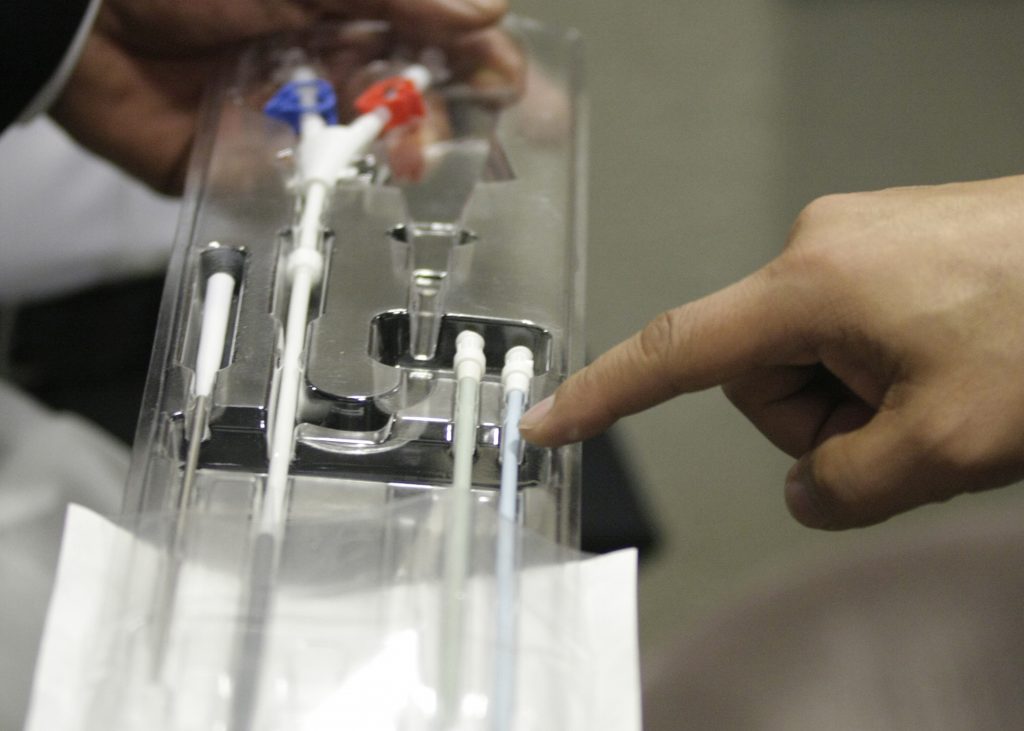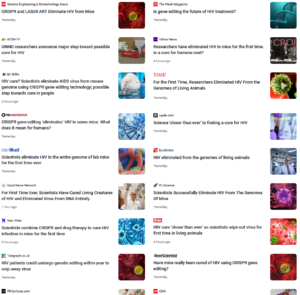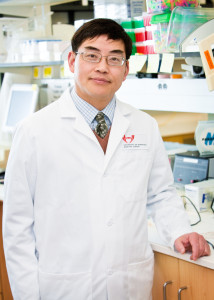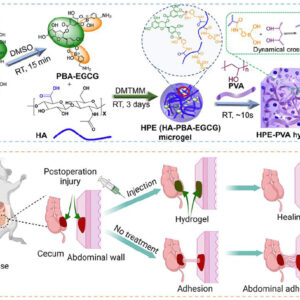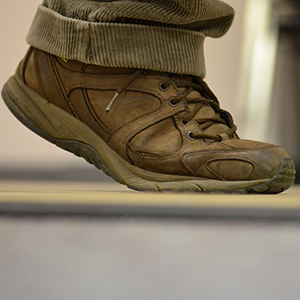Project will form university/community partnership to develop medical device pipeline
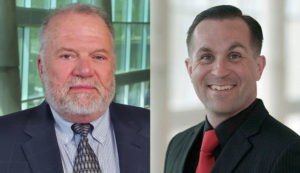
Dr. Rod Markin (left) and Joe Runge.
OMAHA, Neb. (Aug. 1, 2019)—Omaha Medical Technology Pipeline–a joint effort among the University of Nebraska Medical Center, the University of Nebraska at Omaha, the Nebraska Business Development Center, Metropolitan Community College, and the Omaha Chamber of Commerce–was one of 26 organizations chosen to receive a $750,000 matching grant over three years through the U.S. Department of Commerce’s i6 Challenge program for 2019.
The grants were announced July 23 by U.S. Secretary of Commerce Wilbur Ross under the 2019 Regional Innovation Strategies (RIS) program competition through the U.S. Economic Development Administration (EDA).
Omaha Medical Technology Pipeline is a start-up project being developed by UNeTech, an institute designed to identify promising start-up companies and help them become successful.
“We greatly appreciate the recognition given by the EDA to the innovative programs established by the state of Nebraska, UNO, UNMC and the Omaha entrepreneurial community,” said Rod Markin, M.D., PhD, executive director of UNeTech. “Omaha is so fortunate to have great resources in place to advance innovative concepts into outstanding products, and the UNeTech Institute is excited to get to work with the EDA. This support will allow us to transition from a research environment to a product development and business opportunity.”
Dr. Markin said the project will harness the impressive resources throughout the community to invent, build and commercialize new medical devices.
“Nationally recognized hospitals in Omaha employ some of the most innovative and respected clinicians,” Dr. Markin said. “Omaha has also recently added critical resources to shepherd innovative medical technologies from concept to commercialization.”
Dr. Markin praised Joe Runge, associate director of UNeTech, for his relentless efforts in landing the grant. “This was the third time we had applied for this grant, and we were not selected the previous two times,” he said. “Joe was convinced we should keep trying. I really appreciate his tenacity. He got the job done.”
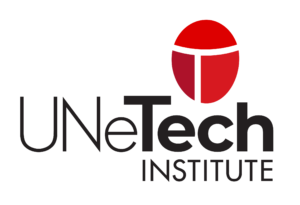 Runge, who also serves as UNeMed’s business development manager, said the grant could be a difference maker for Omaha’s entrepreneurial community.
Runge, who also serves as UNeMed’s business development manager, said the grant could be a difference maker for Omaha’s entrepreneurial community.
“While Omaha has a growing stable of promising medical technology concepts, the city has lacked the programmatic oversight to both align and oversee the commercialization process,” Runge said. “With the Omaha Medical Technology Pipeline project, Omaha now has world-class resources to match the expertise of its physicians to prototype, validate and embody medical technology in lifesaving entrepreneurial opportunities.”
At the end of this project, Runge said UNeTech expects to process 60 new medical technology inventions, file 60 patents or copyrights and launch or expand 25 companies.
“We hope to create meaningful, real-world work experiences for more than 60 undergraduate and graduate students in 3D design, rapid prototyping, market analysis and marketing, create or retain more than 100 jobs, and engage more than 200 participants in the medical technology pipeline,” he said.
The proposal had more than 30 letters of support from community organizations and business leaders, Dr. Markin said. These included Nebraska Medicine, Children’s Hospital & Medical Center, Nebraska Department of Economic Development, Greater Omaha Chamber of Commerce, Metropolitan Community College, Nebraska Business Development Center, UNO Department of Biomechanics, as well as several clinicians.
Tyler Scherr, PhD, a licensing associate at UNeMed added: “The bottom line is, we believe Omaha is home to some of the world’s best and brightest clinicians and faculty–world renowned surgeons and researchers. Pound for pound, we’d put our faculty, staff, students and entrepreneurs up against those from anywhere else in the world. This proposal represents UNeTech placing a $750,000 bet on our faculty–and we do not expect them to disappoint.”
About the EDA: As the only federal government agency focused exclusively on economic development, the EDA plays a critical role in facilitating regional economic development efforts in communities across the nation. Guided by the basic principle that sustainable economic development should be locally-driven, EDA works directly with communities and regions to help them build the capacity for economic development based on local business conditions and needs. EDA’s grant investments in planning, technical assistance, and infrastructure construction are designed to leverage existing regional assets to support the implementation of economic development strategies that make it easier for businesses to start and grow.
Read article

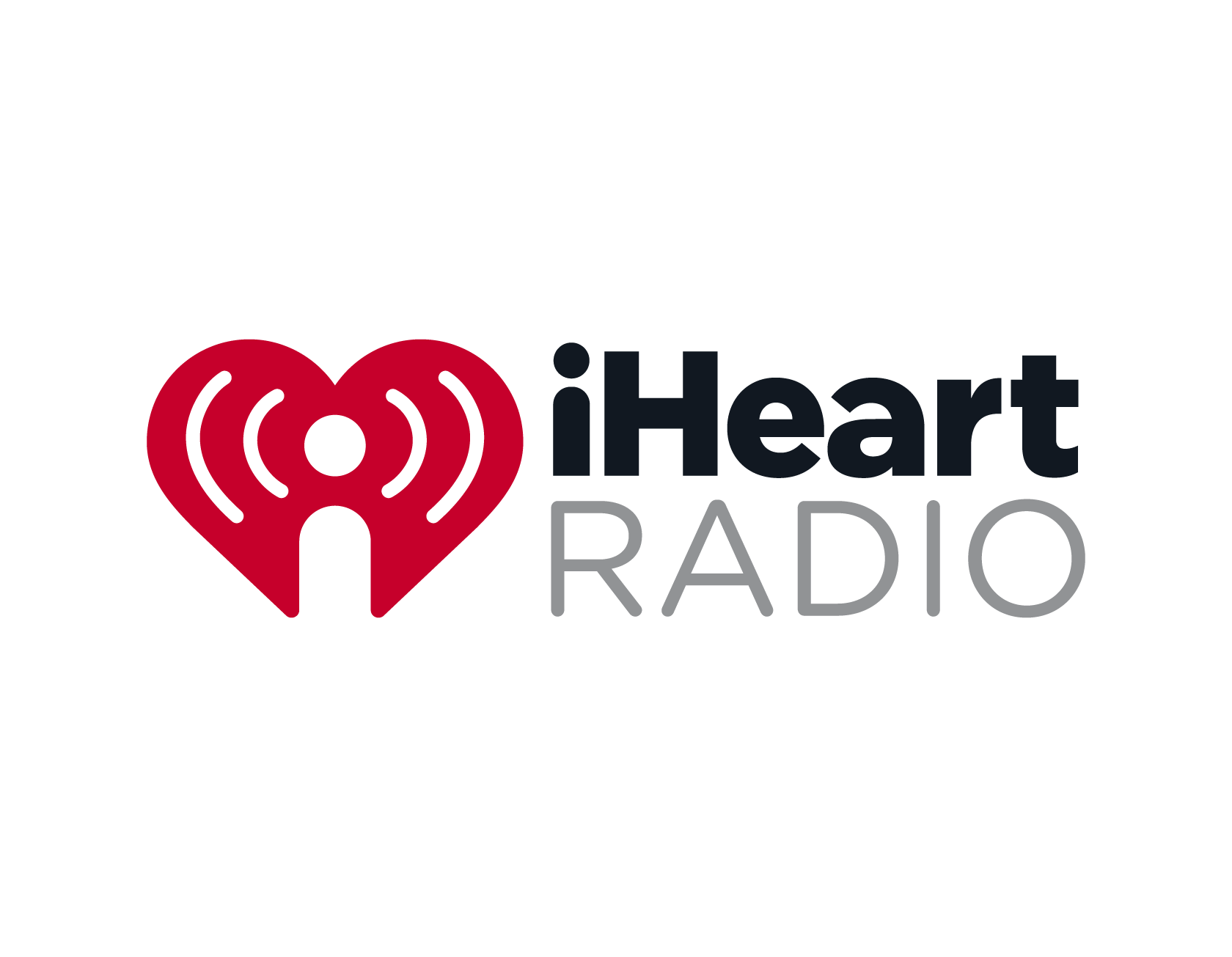




 Runge, who also serves as UNeMed’s business development manager, said the grant could be a difference maker for Omaha’s entrepreneurial community.
Runge, who also serves as UNeMed’s business development manager, said the grant could be a difference maker for Omaha’s entrepreneurial community.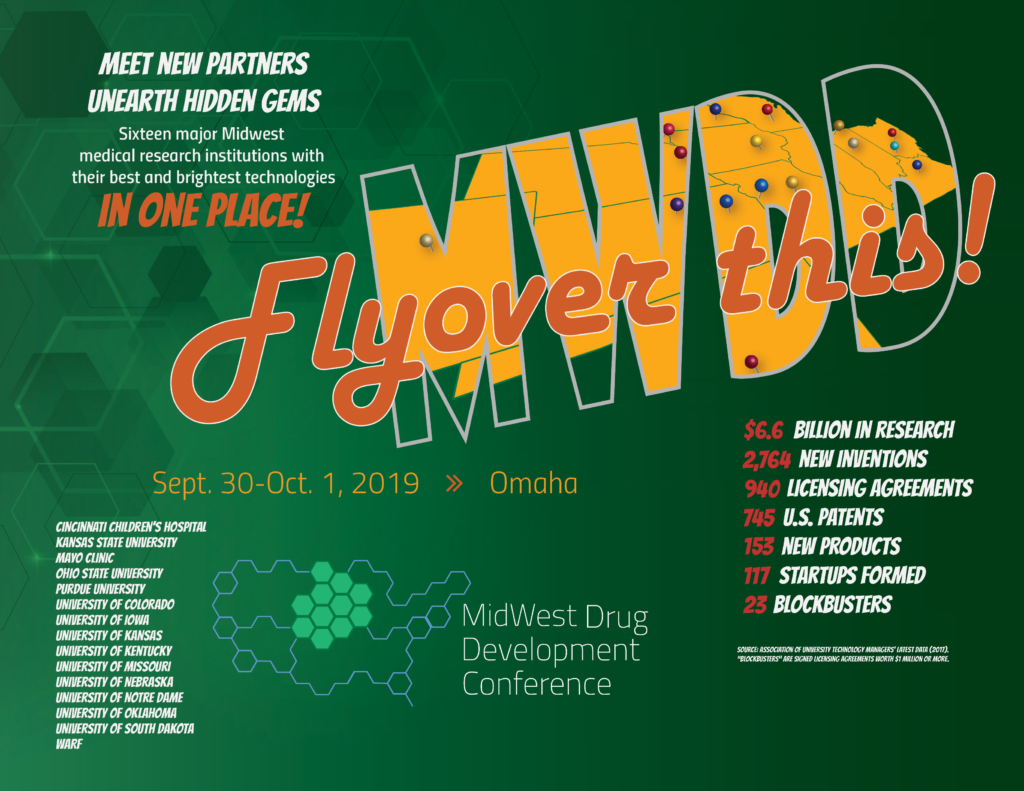
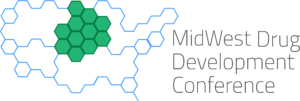 OMAHA, Neb. (July 15, 2019)—A special, discounted room rate is available for early registrants of the second MidWest Drug Development Conference.
OMAHA, Neb. (July 15, 2019)—A special, discounted room rate is available for early registrants of the second MidWest Drug Development Conference.